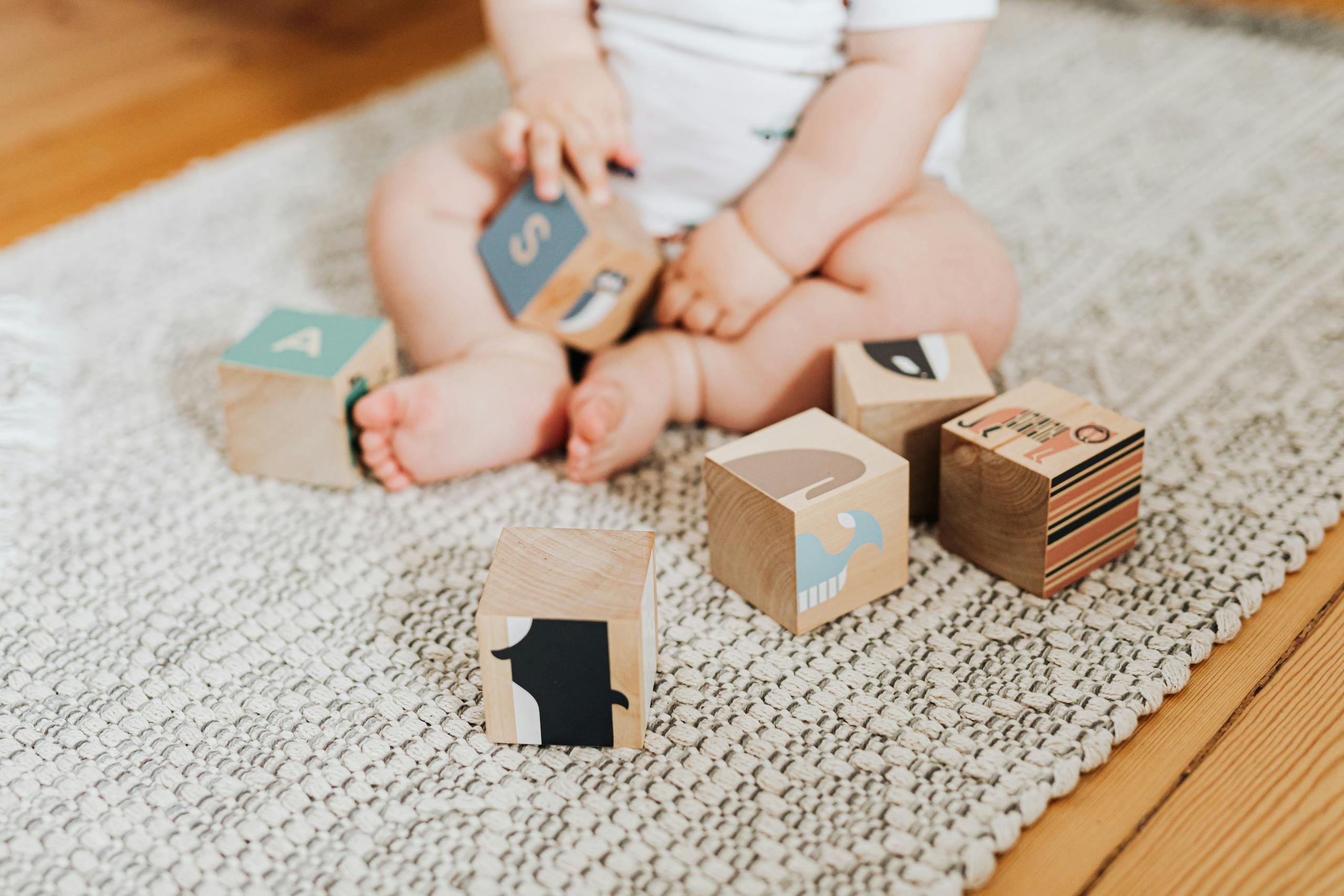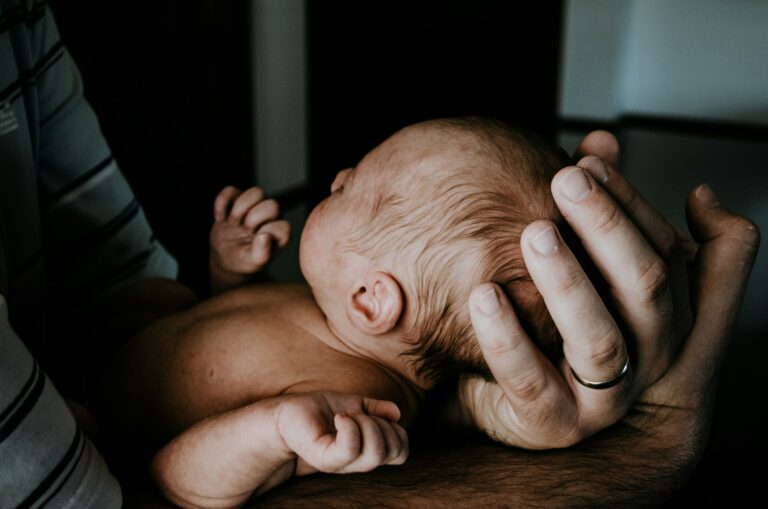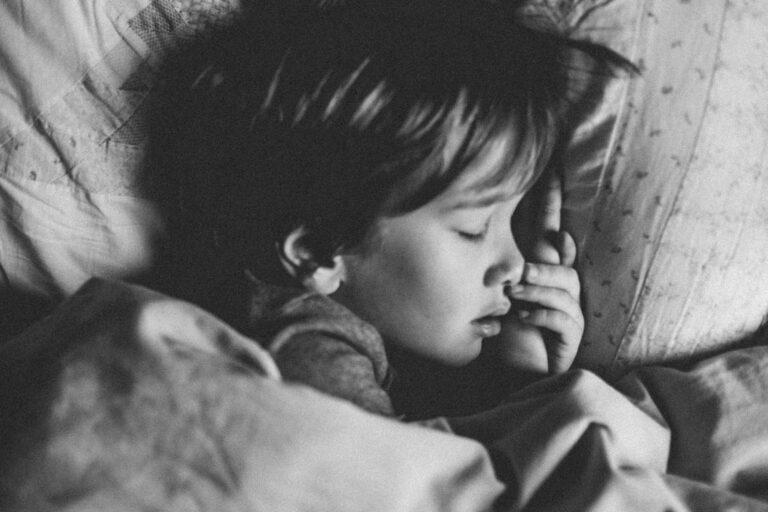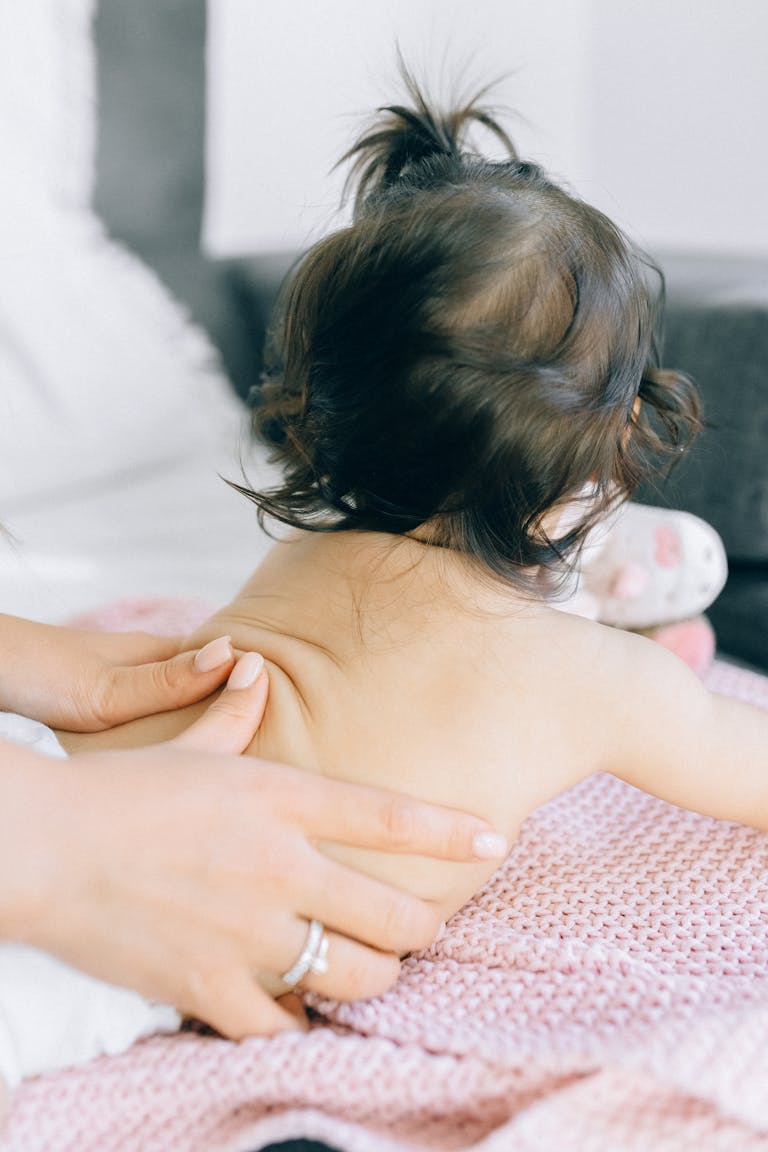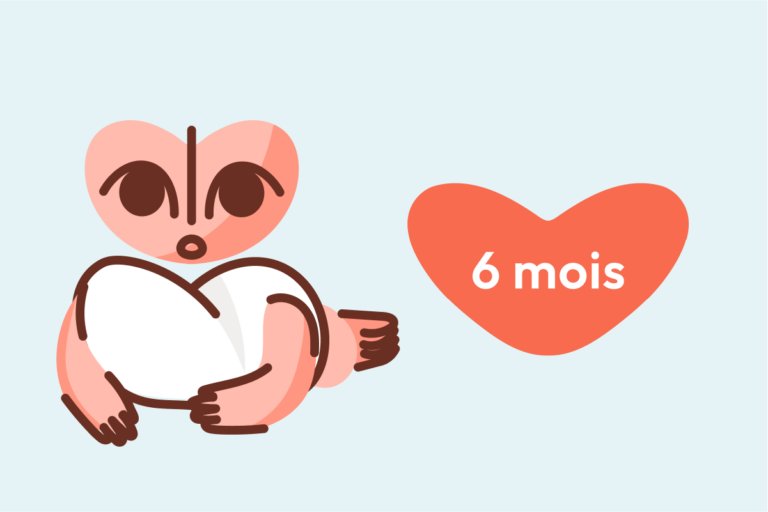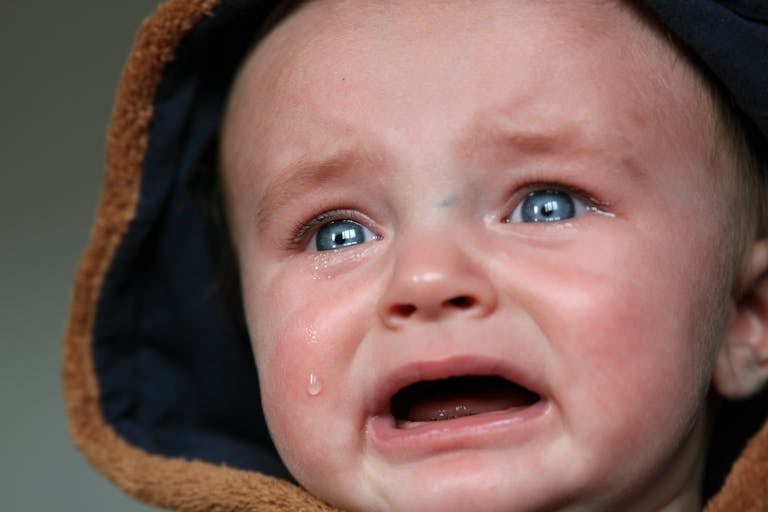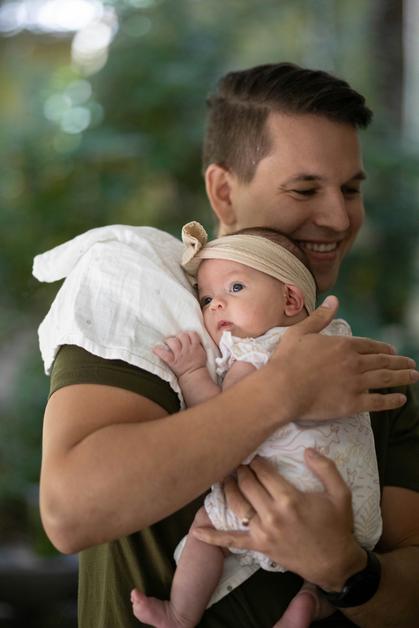Curious eyes following the gentle swing of a mobile, tiny fingers exploring the uniquely textured edge of a soft block, the sudden burst of laughter as a rattle’s sound rings out—these moments mark the fascinating start of your child’s lifelong learning adventure. Questions inevitably bubble up: Are baby developmental toys truly necessary for proper growth? How can simple playthings influence milestones like rolling over, grasping, or babbling that very first “amma”? For many parents, the concern wavers between choosing safe options, fostering progress, and ensuring real joy is sparked every day. The good news: baby developmental toys, far beyond just amusements, become trusted companions on your parenting journey—each one thoughtfully created to boost abilities, protect your child, and transform daily routines into powerful learning opportunities guided by scientific evidence and expert advice.
Baby developmental toys: understanding the science behind play
Why does that soft sensory ball or crinkle book matter, anyway? From a neurodevelopmental perspective, play is not a luxury, but an essential driver of healthy brain growth. When newborns reach out during tummy time or an infant starts clapping to music, synaptic connections—complex networks between brain cells—multiply, supporting everything from hand-eye coordination to early language wiring. Visual perception develops through high-contrast toys, auditory pathways sharpen with gentle rattles, and emotional intelligence begins to form through rhythmic rhymes and socially engaging games. Instead of a one-size-fits-all approach, baby developmental toys are segmented by age and skill: the best match for a three-month-old wouldn’t suit a toddler bursting with energy and curiosity.
Scientific research converges here. Studies show that age-appropriate toys which integrate sensory development, fine motor skills, and cognitive stimulation not only enhance short-term achievement of milestones but also lay a robust foundation for future problem-solving and learning capacity. It’s not about cluttering the play space, but picking a handful of well-crafted, open-ended toys with different textures, colours, and sounds. Completely safe, of course—because safeguarding your child’s delicate world comes before any other feature.
Key developmental areas supported by baby developmental toys
How do baby developmental toys act as catalysts for growth? Let’s break down the essential domains:
- Sensory development: Babies gradually discover the world through an orchestra of sensations. High-contrast rattles, textured surfaces, and soft cloth books activate neural circuits linked to touch, sight, and hearing.
- Motor skill advancement: Think stacking blocks, activity gyms, and teething rings—grasping, shaking, and manipulating these objects foster both fine and gross motor control (for instance, pinching small pieces versus waving chunky objects).
- Cognitive abilities: Shape sorters, stacking cups, peek-a-boo games—these stimulate spatial awareness, introduce concepts like object permanence (the understanding that things exist even when not visible), and invite memory-building.
- Social and emotional connections: Plush toys, puppets, picture books—playing together boosts secure attachment, empathy, and self-confidence, anchoring emotional stability and early communication.
- Language enrichment: Repetitive rhymes, musical shakers, and storytime with books reinforce sounds, rhythms, and vocabulary, sparking the beginning of expressive language.
Choosing the right baby developmental toy: safety, science, and play value
Worried about potential risks, hidden toxins, or age mismatches? Each selection deserves a critical eye:
- Material safety: Rely on non-toxic, BPA-free materials—such as natural wood, food-grade silicone, and soft organic cotton—free from any sharp edges. Toys that are certified, for example, with international standards (ASTM, EN71) offer extra reassurance.
- Age-appropriateness: Babies’ needs and abilities change with surprising speed. Newborns are enthralled by simplicity—mobiles with high-contrast patterns, crinkle paper, and unbreakable mirrors. As the baby turns six months, musical toys, graspers, and interactive items encourage cause-and-effect learning.
- Hygiene and durability: Swapping and cleaning toys become routine. Select toys that resist daily wear and are easily sanitized, especially since everything finds its way into a curious mouth.
- Avoiding overstimulation: One high-quality, open-ended toy typically nurtures more engagement than an overload of flashy gadgets. Watch for signs—turning away, irritability, or fussiness may mean it’s time for a break.
A developmental approach for every age: the right toy at the right moment
Newborns (0-3 months): Visual and tactile exploration
In these first fragile weeks, vision is still developing. High-contrast black-and-white toys enhance tracking abilities. Lightweight rattles with gentle sound, tummy time mats, and cloth books with bold patterns ignite curiosity without overwhelming immature senses.
Infants (3-6 months): Grasping, mouthing, and discovery
Soon, everything becomes an experiment! Teething rings, simple rattles, and soft plush toys with varying textures stir oral and tactile exploration. Hanging toys and spinning wheels hung above invite swatting, which supports upper limb strength.
Babies (6-12 months): Sitting, shaking, and sorting
Sudden spurts in coordination mean babies can now pick up and stack. Colourful stacking cups, musical tambourines, basic shape sorters, and sensory balls all promote two-handed play and hand-eye coordination. Push-and-pull objects motivate crawling, standing, or even those first determined steps.
Toddlers (12-24 months): Building, pretending, and independence
Emerging problem-solvers crave more complexity. Chunky puzzles, wooden blocks, ride-on toys, and simple art supplies (such as beeswax crayons or washable paint) encourage expression and patience. Dolls and puppets open doors to imaginative roleplay and social learning.
Creative and DIY options: Simple solutions for maximum benefit
Who says developmental stimulation demands expensive gadgets? Smart improvisation works wonders:
- Homemade sensory bottles (coloured water, beads, tightly sealed) animate vision and sound, while textured fabric squares encourage gentle tactile play.
- Household objects—measuring spoons, empty tissue boxes, even colourful scarves—become impromptu toys that teach cause and effect or sorting.
- Water play (always closely supervised), foam blocks in the bath, or blowing bubbles outdoors spark sensorimotor experimentation.
- Cardboard puzzles, peek-a-boo games, and singing with hand actions foster imagination and memory.
Consistency and simplicity are key. Children shine brightest in an environment that sparks curiosity but protects from excess.
Blending developmental play into the family routine
A parent’s schedule can overflow. Yet, even fleeting moments offer immense developmental opportunity if tapped mindfully.
- Set up an inviting, organised play zone—safe, clean, and accessible. The more independent exploration is possible, the better for fostering confidence.
- Rotate toys regularly, offering a small, shifting selection instead of a static collection.
- Balance interactive play (sitting face-to-face, naming objects, singing) and precious independent discovery.
- Observe closely—does your baby light up with a new rattle, look bored after repeated use, or appear tired? Their cues expertly guide timing and type of play.
A day’s rhythm might look like fifteen minutes on a play mat, followed by a short picture book before nap, then some joyful stacking after lunch, closing with calming plush toys or storytelling at bedtime. Flexibility is your best routine.
Mistakes and misunderstandings: how to avoid common pitfalls
Sometimes, motivated parents go all out, buying every new baby developmental toy that appears in ads. Paradoxically, this can overwhelm an infant’s blossoming brain and dilute focus. Others hesitate, unsure which selection provides genuine learning opportunities versus mere distraction.
Keep these points in mind:
- Limit quantity; boost quality. Fewer, open-ended toys spark more engagement and revisiting.
- Avoid introducing advanced puzzles or manipulatives before your child shows readiness—frustration is the usual result.
- Observe, never force. Alternate lively and quieter activities, always respecting signs of fatigue or aversion.
Maximising safety in baby developmental toys
No compromise here—your child’s well-being comes first. The best baby developmental toys are free from choking hazards, toxic substances, small detachable pieces, or exposed stitching. Scan for certifications, always check for loose parts or signs of wear, and discard any damaged piece.
Opt for toys sized for your child’s current dexterity: what’s safe for a toddler can pose a risk to an infant. Especially with homemade objects, prioritise roundness, soft materials, and secure closures.
Promoting inclusive and gender-neutral choices
The world is changing, and so should baby developmental toys. Sensory shakers shaped like animals, wooden geometric blocks, and nature-themed playthings inspire every child—regardless of gender. Inclusive choices not only embrace diversity but also plant the first seeds of empathy and open-mindedness.
Soft plush dolls, animal puppets from various cultures, and multi-coloured stacking rings expand perspectives from the very beginning.
Tips from experts: maximising growth through play
Guided play—where a caregiver demonstrates, narrates, and encourages—delivers profound impact, backed by paediatric findings. Yet, stepping back to allow solo discovery is equally vital; independent experimentation builds resilience and problem-solving skills.
Combine both: show how a block feels or sounds, name objects and colours, invite your child to repeat and respond. When interest ebbs or mastery is visible, introduce a new challenge—complexity drives neural pathways to expand.
Sample practice: Greet the day on an activity mat, offer independent time with a sensory ball pre-nap, save soothing books and plushies for evenings.
Rethinking electronic toys and overstimulation
Flashing lights, constant music, and electronic voices certainly grab attention, but can fast become overwhelming. Scientific studies suggest excess sensory stimulation in early years may hasten fatigue, provoke irritability, or lead to avoidance behaviours. If signs appear—turning the head, fussing, crying—pause, choose a quieter toy, and allow your child to reset.
Less is often more. Engagement, not gadgetry, produces lasting learning.
Where to find baby developmental toys and practical savings
Quality and credibility trump quantity. Seek trusted brands with transparent safety practices, extensive age guides, and third-party certifications for toxicity and material origins. Wood, silicone, and thoughtfully designed plush stand the test of time.
You don’t have to invest heavily. Everyday safe objects—cleaned thoroughly, with no sharp or small removable parts—can be reinvented as excellent developmental aids. Gently used toys may offer the same benefits, provided they pass a careful inspection for safety and sanitation.
Meaningful play stems not from price, but mindful use. Your engagement, encouragement, and loving presence are the main magical ingredients.
Key Takeaways
- Baby developmental toys spark essential growth in senses, movement, and early thought. Choose options tailored to each age and stage.
- Prioritise safety—inspect every toy for non-toxic materials, secure construction, and age alignment.
- A combination of both guided play and solo discovery is recommended, blending learning with joyful connection.
- Toys fostering sensory exploration, motor skills, and emotional growth offer the most all-round benefit.
- Rotate and refresh the play space for renewed interest; avoid cluttering.
- If in doubt, lean on expert advice—healthcare practitioners and paediatricians are there to guide each unique journey.
- For tailored health tips and personalised developmental trackers, download application Heloa and take advantage of free, evidence-based questionnaires.
Questions Parents Ask
What are the benefits of using baby developmental toys for babies?
Baby developmental toys serve as building blocks for a child’s sensory, cognitive, and social skills. Through various colours, textures and sounds, babies are encouraged to explore and understand their surroundings. Such toys have also been shown to enhance hand-eye coordination, foster early problem-solving, and facilitate healthy parent-child bonding during playtime.
Which baby developmental toys are suitable for different ages?
For newborns, focus on soft, high-contrast toys or cloth books that attract visual attention and introduce tactile experiences. Infants, once they gain more grip and head control, benefit from rattles, teethers, and soft plush toys. Upon reaching six months and older, toys like stacking cups and simple musical instruments help them learn about cause and effect. As toddlers, the best options are puzzles, ride-on vehicles, and construction blocks, introducing complexity and fostering independence. Matching the toy to your baby’s current abilities is key, and sharing these discoveries together makes playtime even more meaningful.

